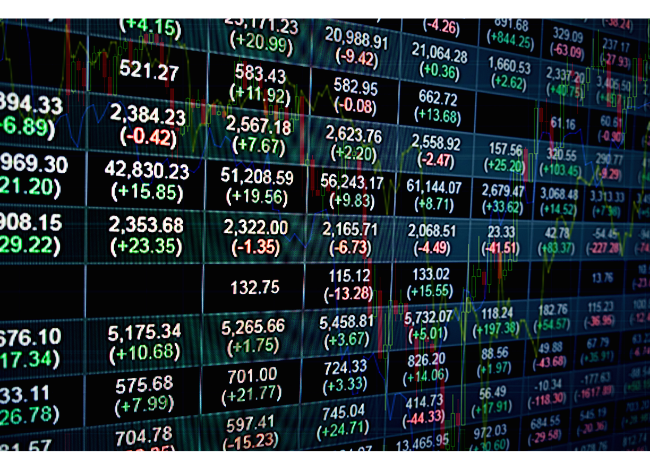With the Federal Reserve’s tightening policy officially underway, it is worth taking a closer look at a new exchange-traded fund touted as a vehicle for riding interest rates as high as they can go.
Launched in October, the FolioBeyond Rising Rates ETF (RISR) has been delivering on its performance pitch with a strategy that seems almost too simple to be real.
At around $27 million, the thematic ETF is still too small to hit the radar screens of most financial advisers. But if the quantitative strategy continues to prove effective, the asset flows should follow.
During a choppy start to the year that has left the S&P 500 Index down more than 6%, RISR is up 22%. And according to Dean Smith, FolioBeyond chief strategist and portfolio manager, the Fed’s plans to hike rates six more times this year is an ideal environment for the strategy.
“The fund is designed to go up in value when rates go up,” he said.
Note that Smith didn’t say the fund would reduce downside risk or dampen volatility. He explained that the fund will ride rates and do so by a factor of 10.
“If rates go up 1%, the fund is designed to go up 10%,” he said.
Smith said the fund is generating returns by buying the interest-only portion of mortgage-backed securities that primarily hold 30-year fixed-rate mortgages.
In an environment when rates are lower or falling, this kind of strategy wouldn’t do so well because borrowers would be constantly refinancing for lower mortgage rates.
But when rates are less attractive, which is where the trend is heading, borrowers tend to refinance less, leaving the mortgage interest payments outstanding for longer periods.
Key to benefitting from these kinds of thematic strategies is sometimes taking a leap of faith, even if the strategy is still new and small.
“While RISR has been an under-the-radar ETF, it’s time to shine has arrived with the Federal Reserve beginning what is likely a multi-year rate hiking program,” said Todd Rosenbluth, head of research at ETF Trends.
Prepare for rate hikes this year
“Advisers need to be focused on the likely negative impact of higher interest rates on their bond allocations and should be incorporating strategies like RISR that can limit the risks,” he added.
The Fed’s quarter-point rate hike, announced in March, is expected to be followed by a half dozen more hikes this year as a means of managing the spiking inflation.
According to BankRate.com, the current national average for a 30-year fixed rate mortgage is 4.45%, which is up from 3.15% at the end of November, and 3.73% at the end of January.
With history as a guide, Smith is bullish.
“The Federal Reserve has launched five rate-hiking episodes since the Paul Volcker days of the late ‘70s,” he said. “During those five periods, each of which lasted about two years, the Fed rate went up about three percentage points. We’re going to be in this environment for a long time.”
There are a few ETFs employing similar tactics designed for rising rates and/or inflation management, but none have yet proven as effective as RISR.
The $1.8 billion Quadratic Interest Rate Volatility and Inflation Hedge ETF (IVOL) is down 3.3% so far this year. And the $1.2 billion Horizon Kinetics Inflation Beneficiaries ETF (INFL) is up 6.6% over the same period.
Those funds employ strategies that involve purchasing options, which Smith said he can do but isn’t doing yet.
“We’re just buying the MBS; we don’t use leverage and we don’t own options, but have ability to,” he said. “If we wanted to protect against a short-term reversal in rates, we could buy treasury puts.”
In addition to being hampered by the low asset base, RISR also carries a hefty 1% expense ratio.
That compares to 85 basis points for INFL, and 1.05% for IVOL.
“This is an expensive fund to manage,” said Smith. “These thematic ETFs tend to have higher management fees because it is a different type of exercise. The fees will go down as assets increase, but this will never be a 20-basis point fund.”


